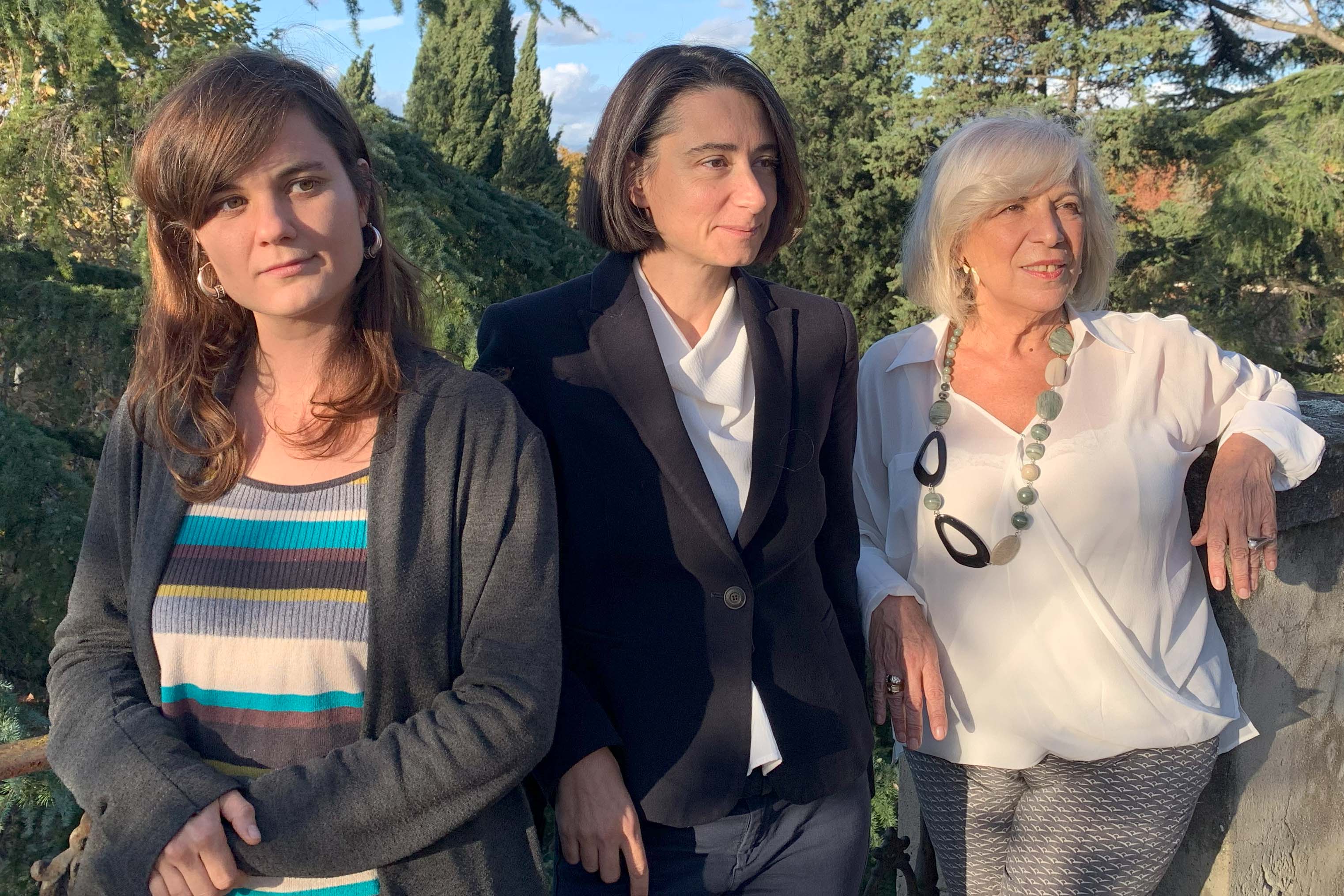In a recent study published in the journal Current Biology, researchers from the University of Pisa, in collaboration with the Italian Institute of Technology in Genoa, shed light on the complex relationships between action, perception, and brain plasticity. The study "Active vision gates ocular dominance plasticity in human adults" showed that interfering with sensorimotor coordination is sufficient to open a window of plasticity, even after the complete maturation of the brain.

"Through a specially designed virtual reality system" - explains Cecilia Steinwurzel, first author - "we delayed the signal in one eye by a fraction of a second. In this way, without changing the quality of visual information, we made one eye essentially useless for visuomotor coordination". Participants used the conflicting images in the two eyes to guide the movement of their hands and build precarious towers with wooden bricks. After only 1 hour, a surprising result was observed: a rebalancing of the eyes, where the eye receiving the delayed image temporarily became dominant over the other eye. This effect represents a form of short-term visual plasticity.

Cecilia Steinwurzel, Paola Binda, Maria Concetta Morrone.
"Eye-balance is one of the simplest visual features, set at the very beginning of visual cortical processing; our results imply that the influence of action upon perception starts at a very early stage, even before the movement itself has started," explains Professor Paola Binda, senior author.

Professors Maria Concetta Morrone and Giulio Sandini (in the picture on the right) summarize the results of the work: "Our research highlights the unexpected role that voluntary action plays in adult brain plasticity and how the intention to perform an action sends a 'pre-alert' signal for what the visual system should expect to see as a result of the planned movement." Understanding this mechanisms could, in the future, open up applicative perspectives and contribute to the study of the interaction between computational and cognitive aspects of visual processing.
The study is part of a broader research program aimed at understanding how perception is not the passive recording of signals from the environment but constitutes an active process of generating and coordinating information. This program is funded by a project from the European Research Council, PUPILTRAITS, an ERC-Starting based at the University of Pisa with Professor Paola Binda as the Principal Investigator, in coordination with research groups funded by national (PRIN2017, 2022, FARE-2) and international (ERC-Advanced) funds.
